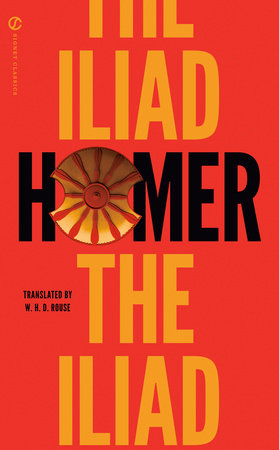Instead of a day without art, I’d like to celebrate two of my favorite artists: David Wojnarowicz and Ron Athey. Both unapologetically queer. Both HIV+. Both demonized by fascist right-wing politicians.
Both have contributed to my personal vocabulary of how to be an American when the entire system is rigged against you from the start.
Two of my all-time favorite books that I happened to have read this fall include Cynthia Carr’s Fire in the Belly: The Life and Times of David Wojnarowicz and Pleading in the Blood: The Art and Performances of Ron Athey, edited by Dominic Johnson.
Carr’s biography of Wojnarowicz is the best biography I’ve ever read. It sets a near-impossible standard for biographical writing. It’s thoroughness is only strengthened by the fact that there is not a superfluous word in all of its 616 pages.
Johnson’s edited volume on Athey is the best critical art book I’ve ever read. He has masterfully compiled a series of essays that intimately explore the meanings, contexts, and forms of Athey’s work without slipping into mere academic wankery. These are astute pieces by the artist himself as well as by some of his closest collaborators. Johnson shows what a critical art book should be. (Also, I wish I was at the Biosphere today for Athey’s performance.)
In conclusion, fuck George Bush.



